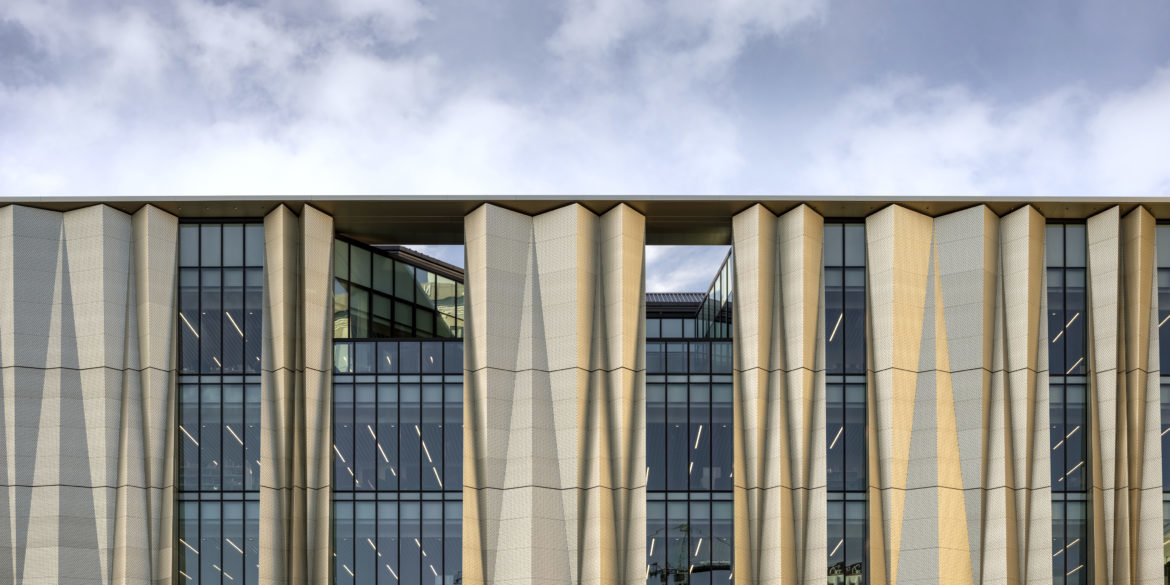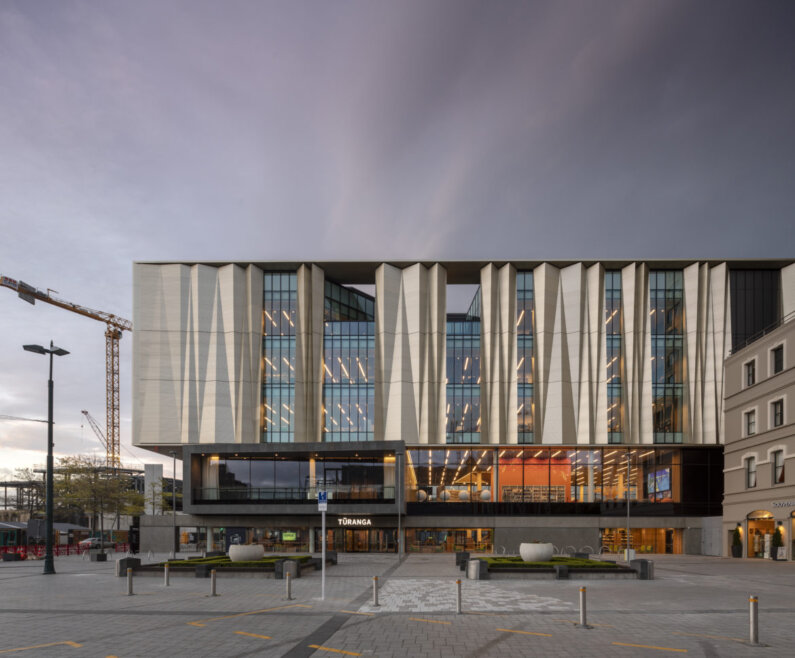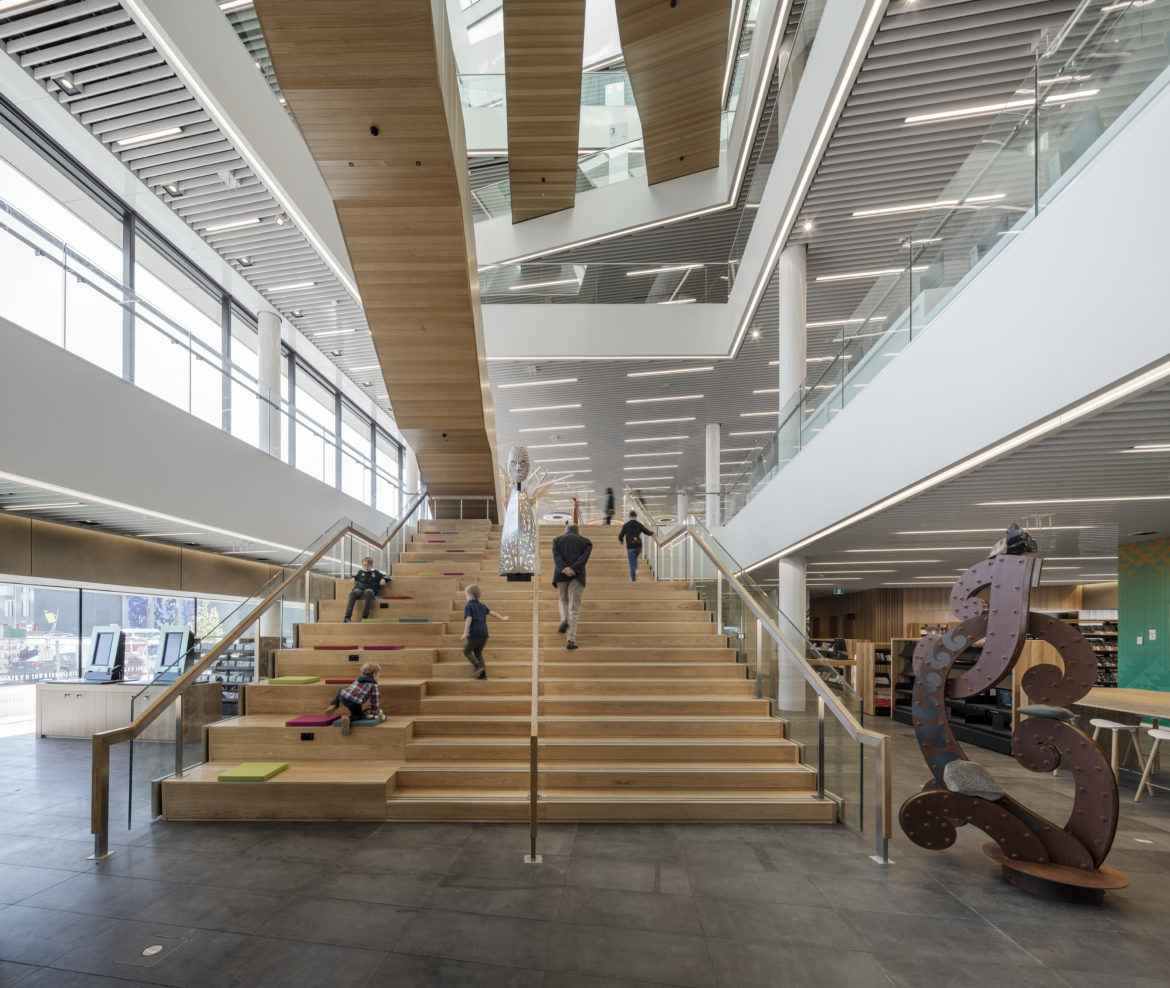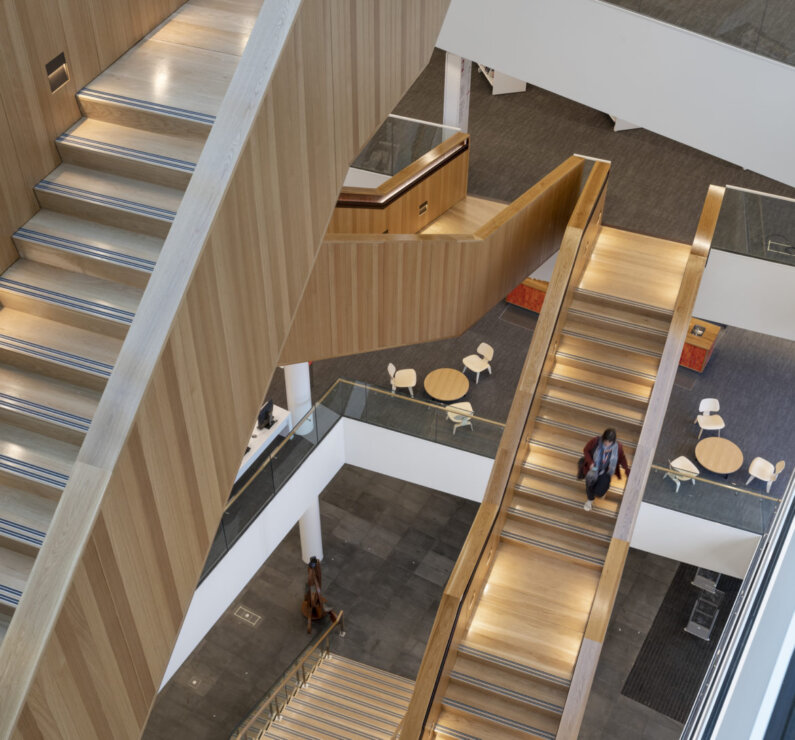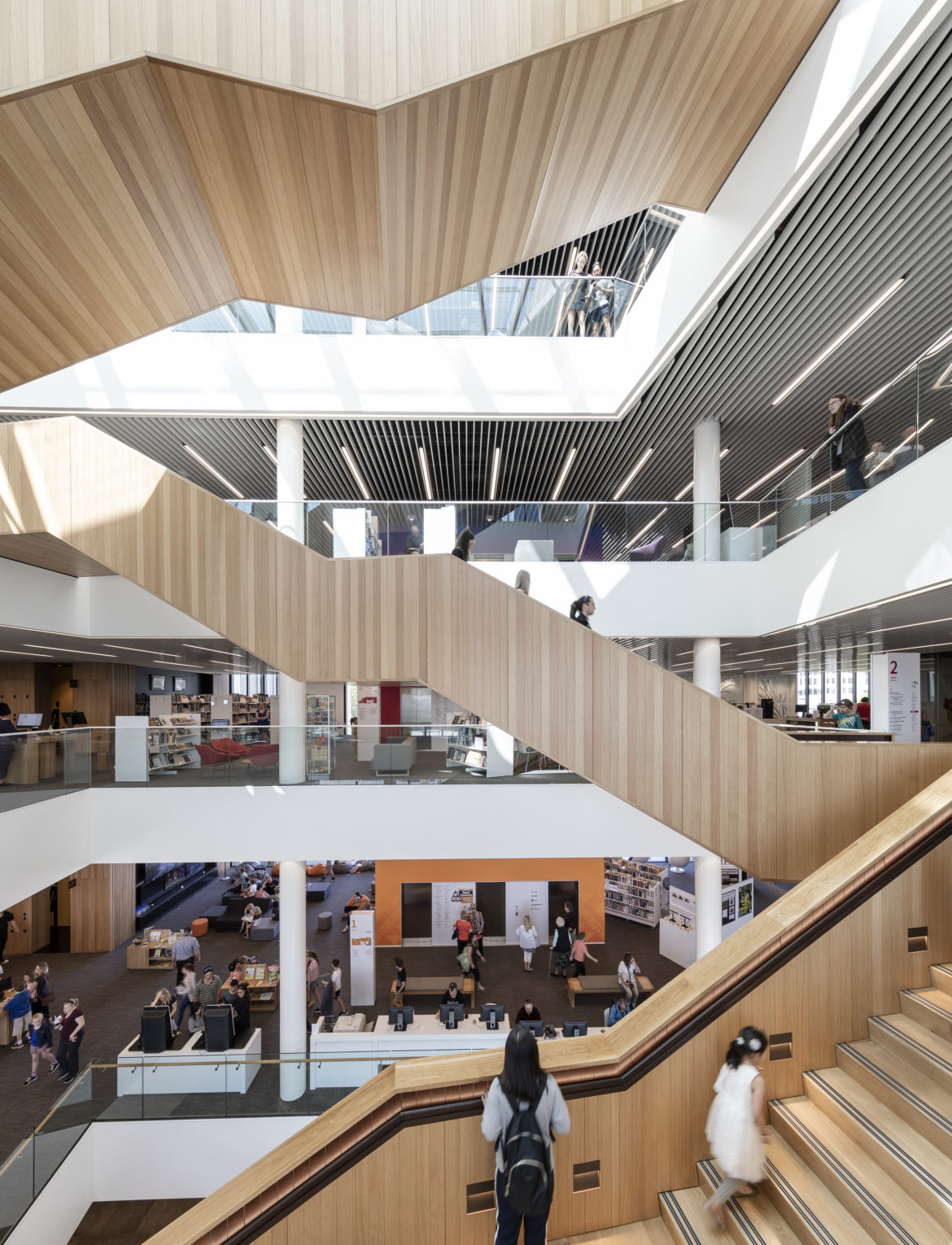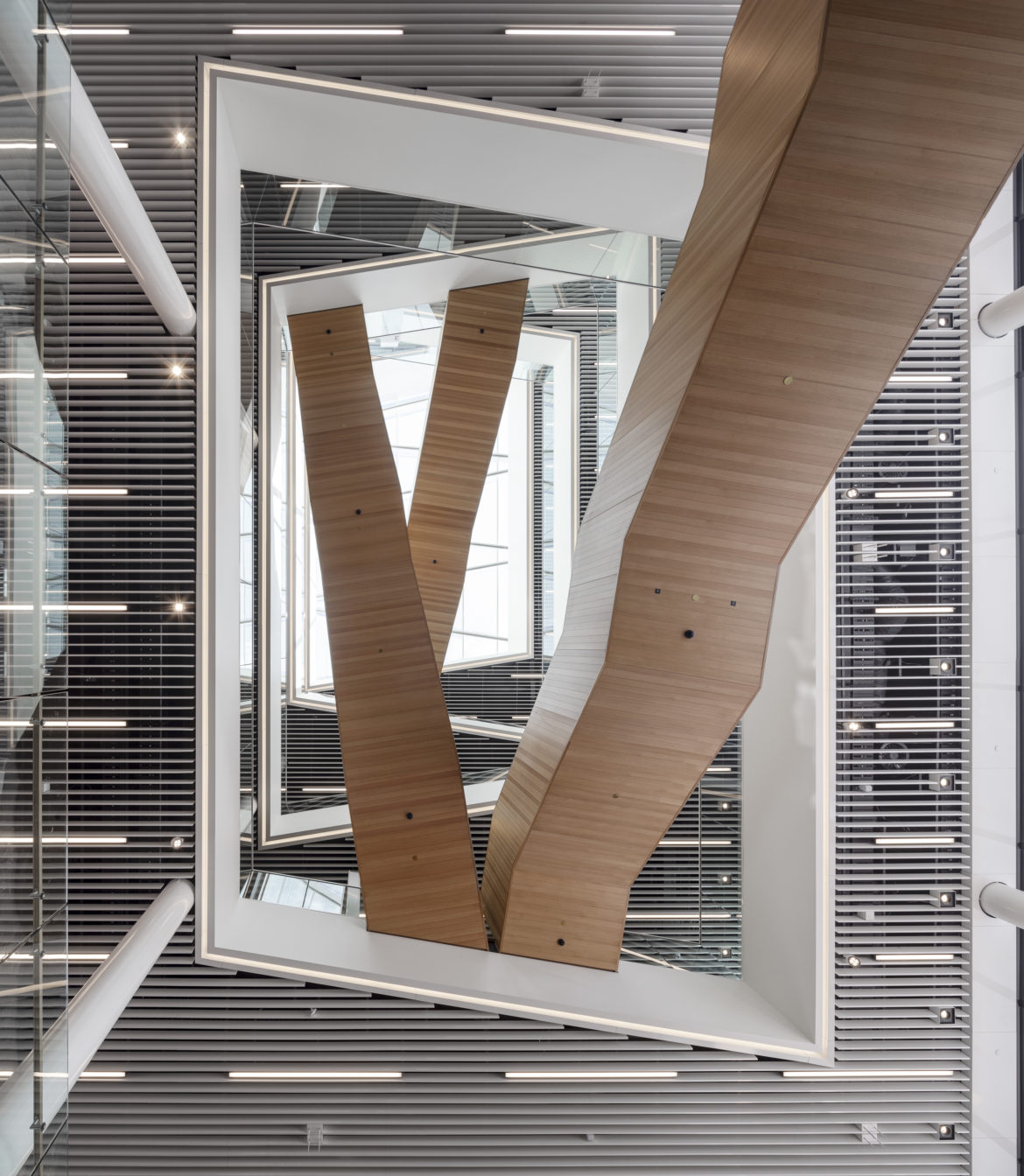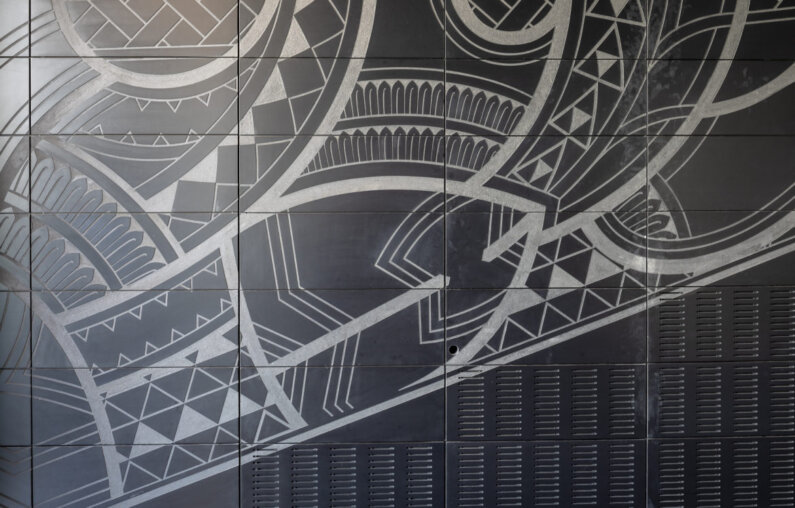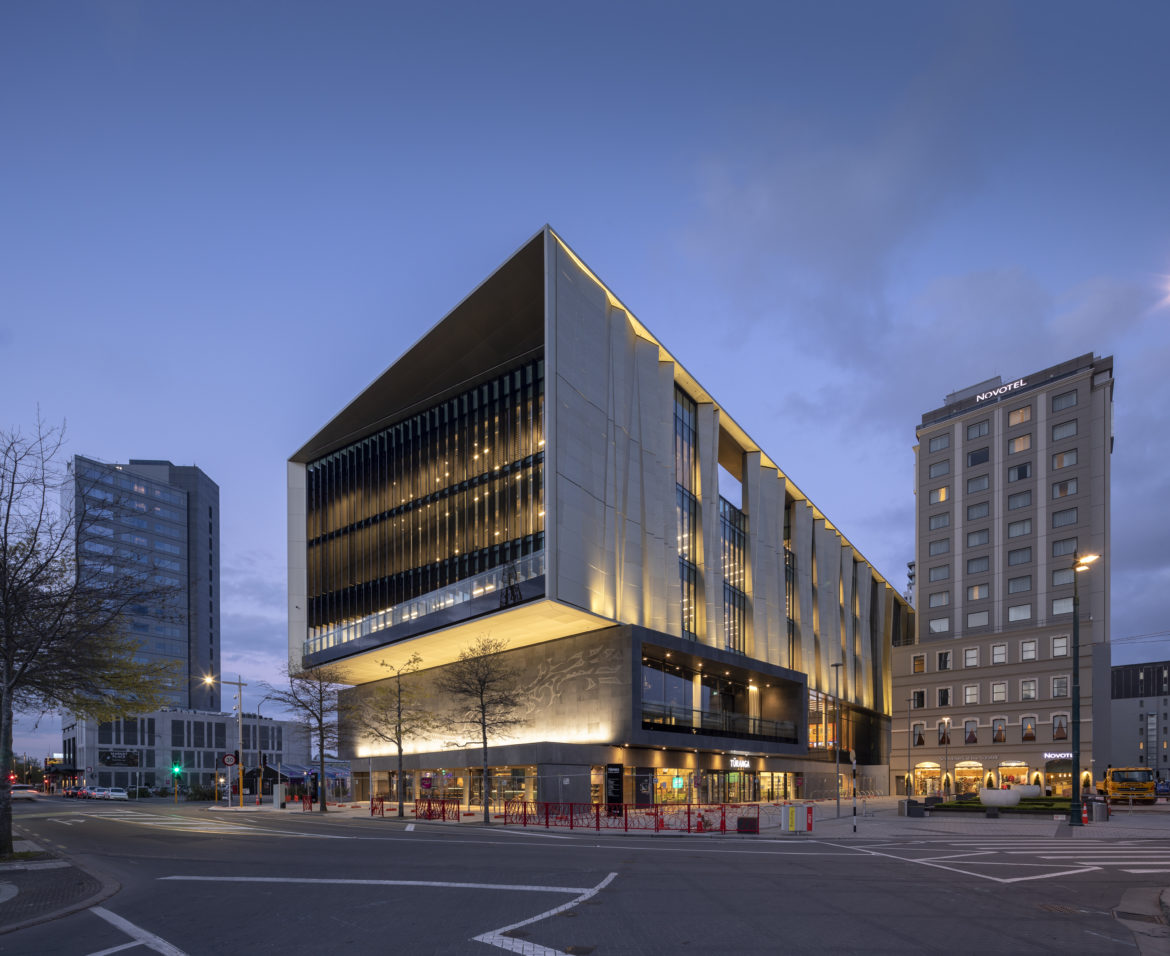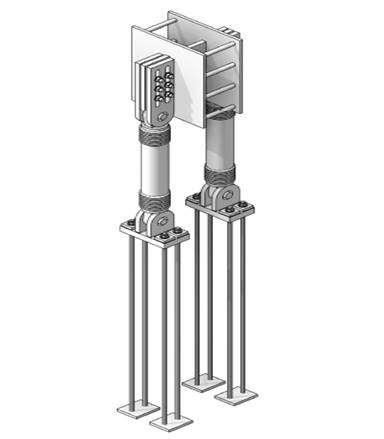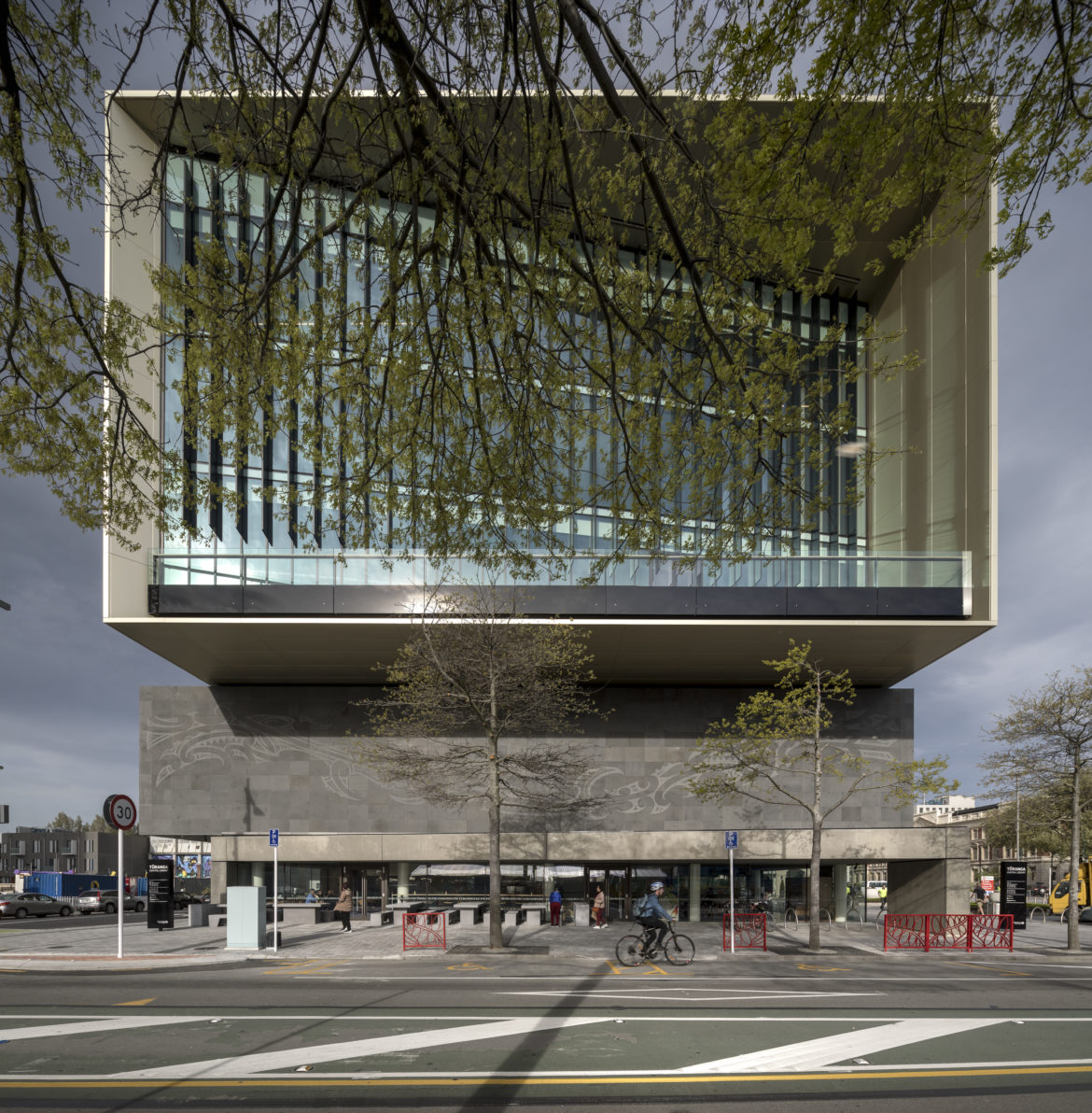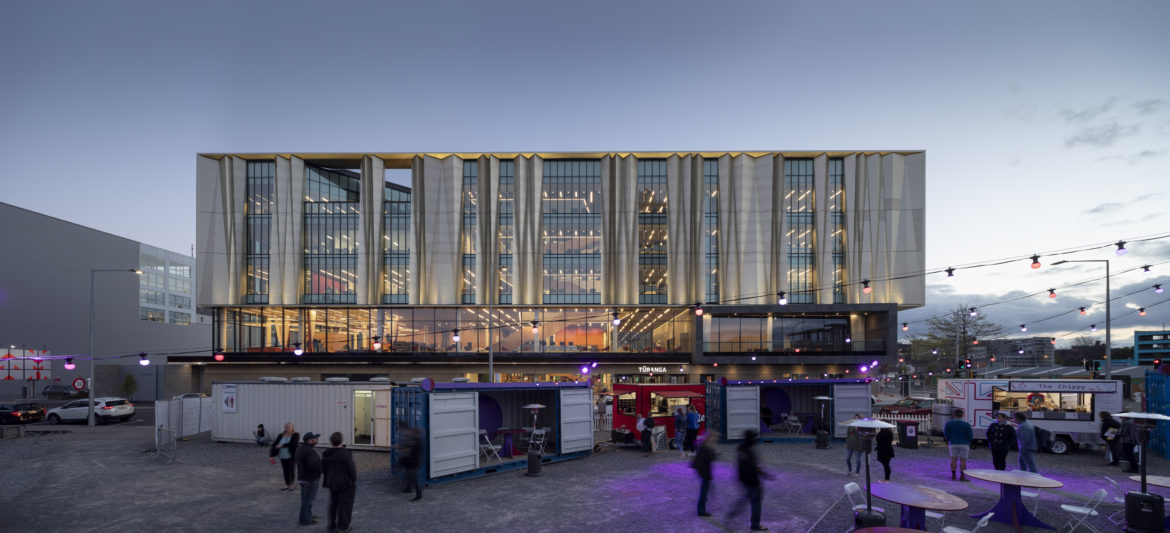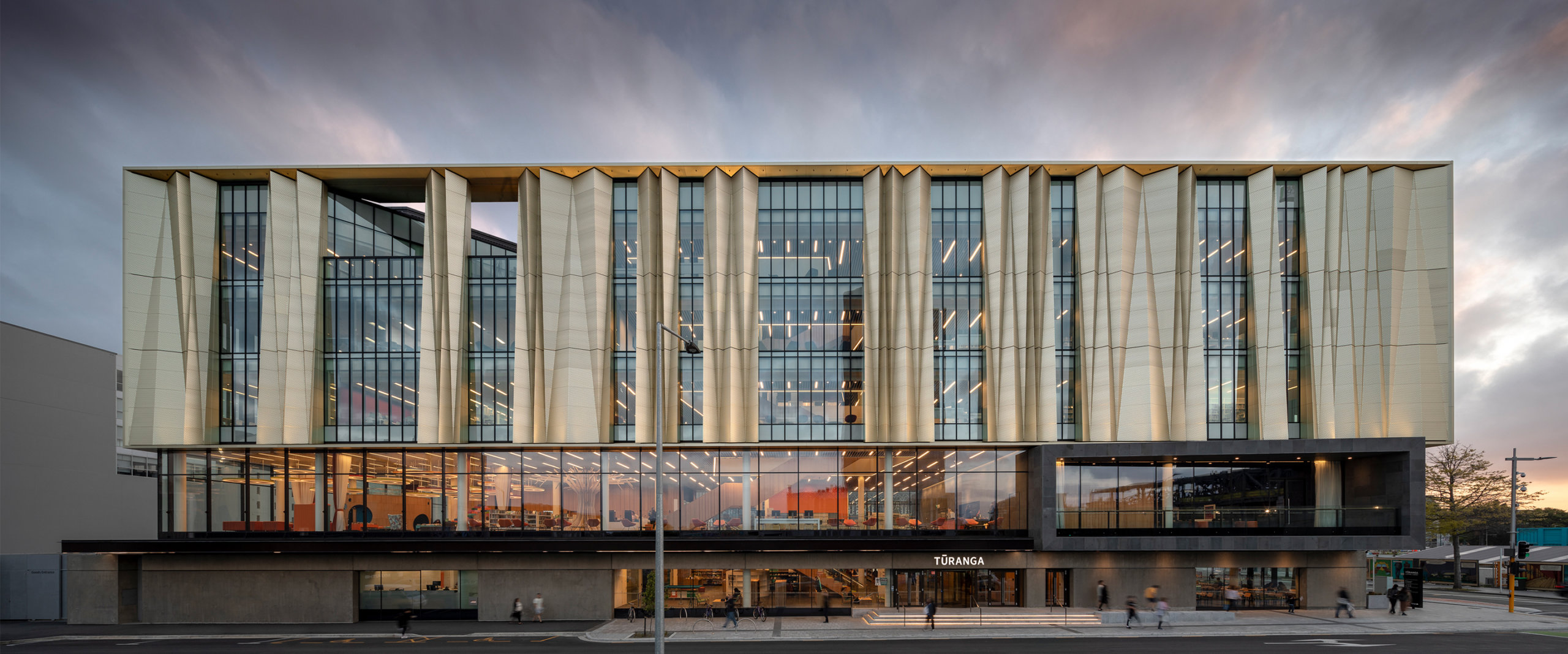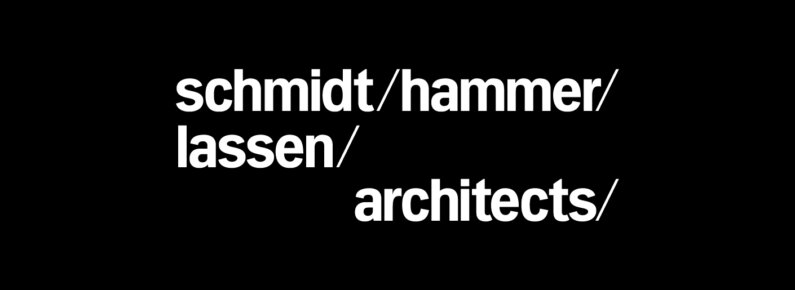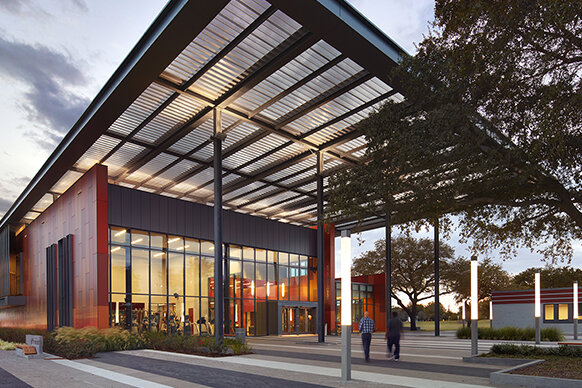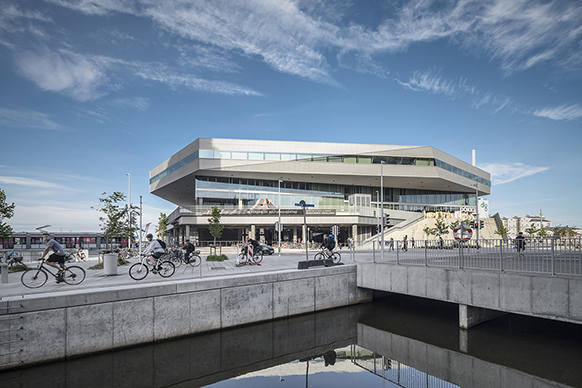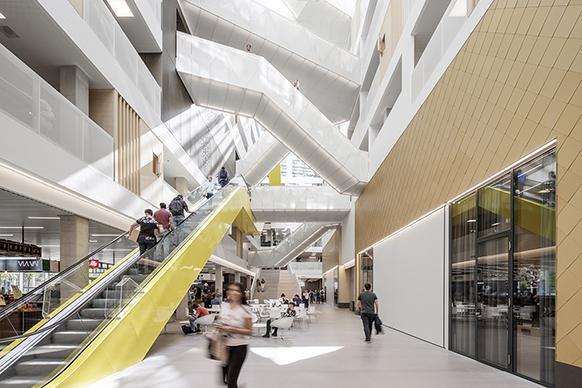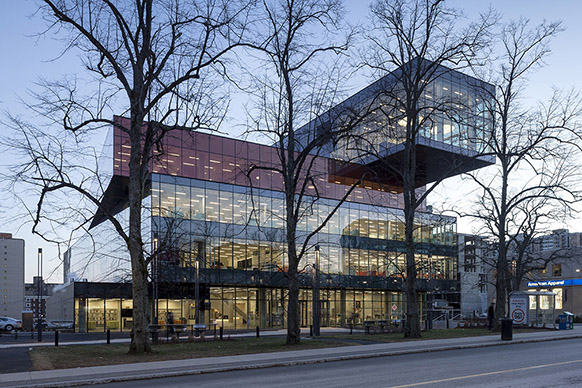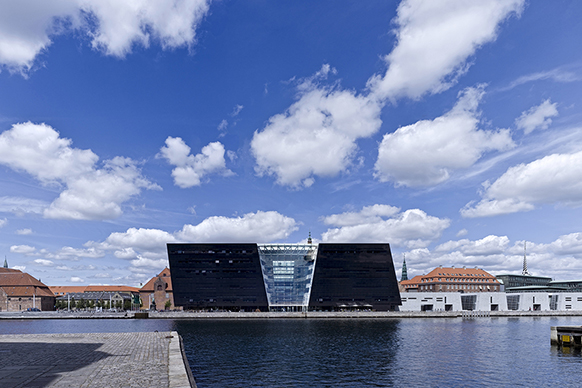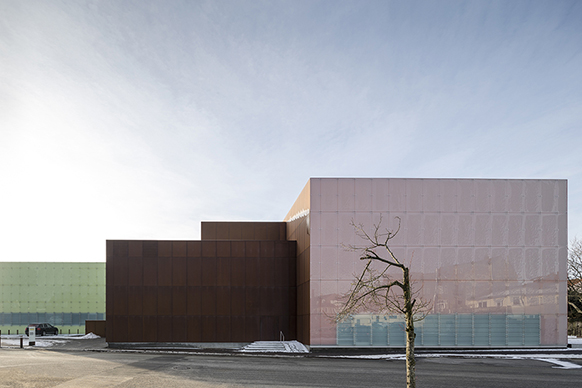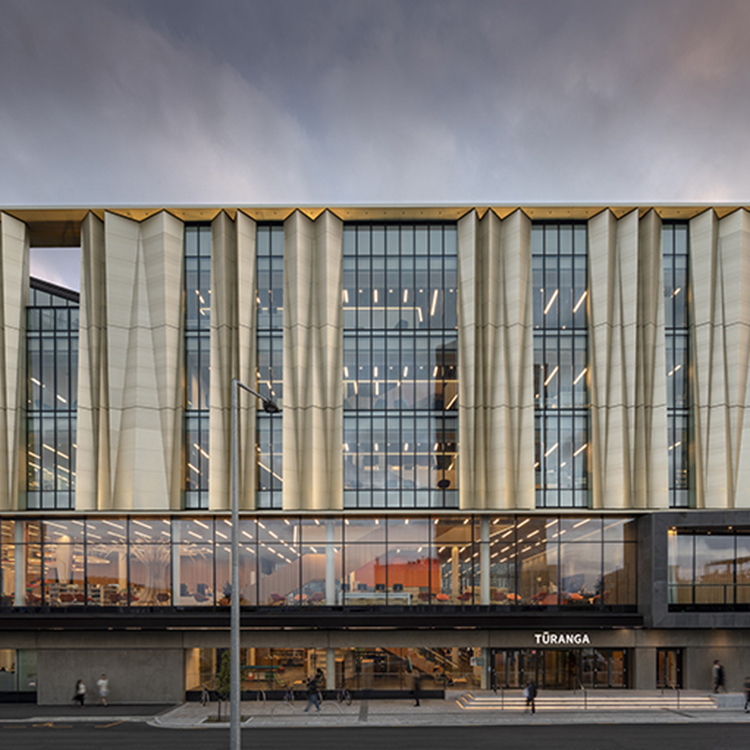
Tūranga, Christchurch, New Zealand
Over the course of 15 months in 2010 and 2011, Christchurch, the largest city of New Zealand’s South Island, was devastated by four major earthquakes that toppled a city known for its arts, culture, and surrounding natural beauty. Shortly after, the city established the Christchurch Central Recovery Plan focused on 17 anchor projects that would become catalysts for development in the central city. The recovery effort is not simply about restoring what was there before the earthquakes, but rather making an even better city – which includes improving the social, economic, cultural and environmental wellbeing of greater Christchurch and its communities.
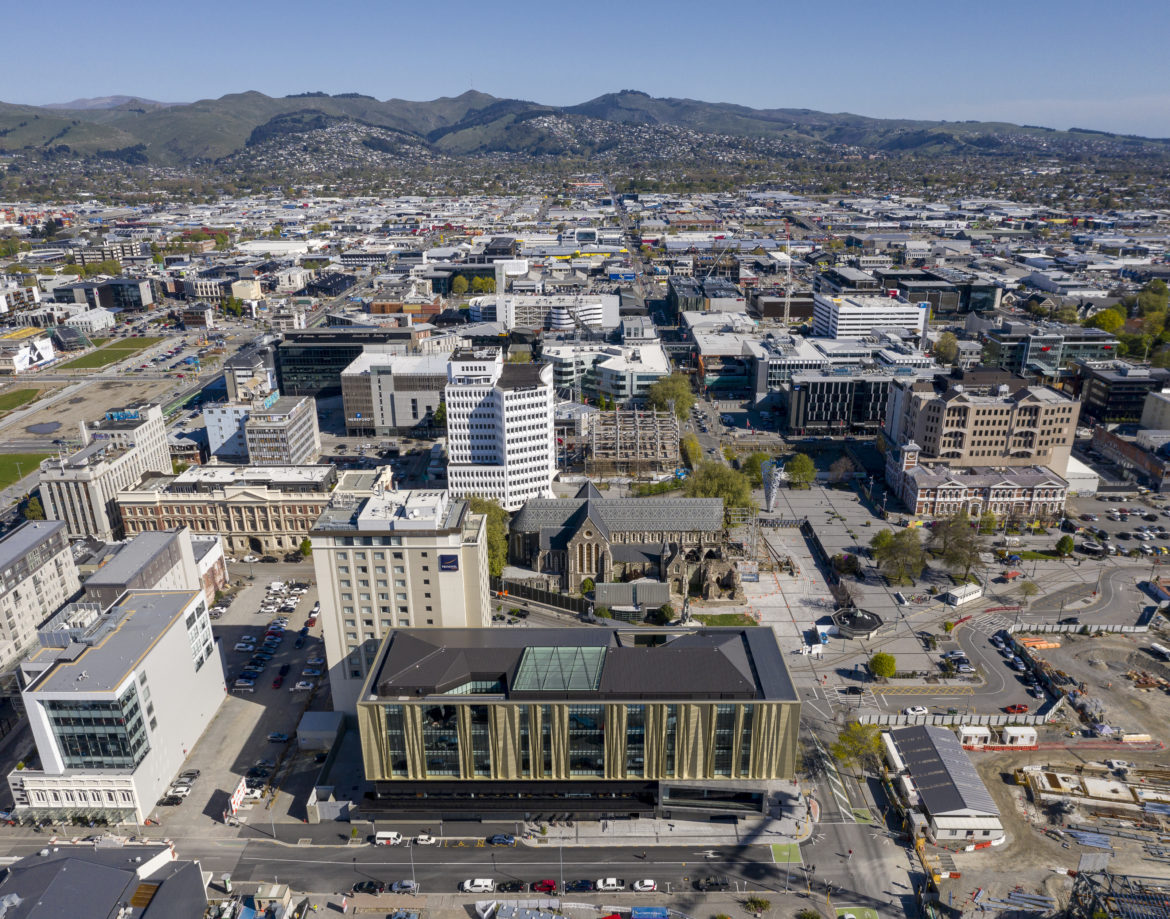
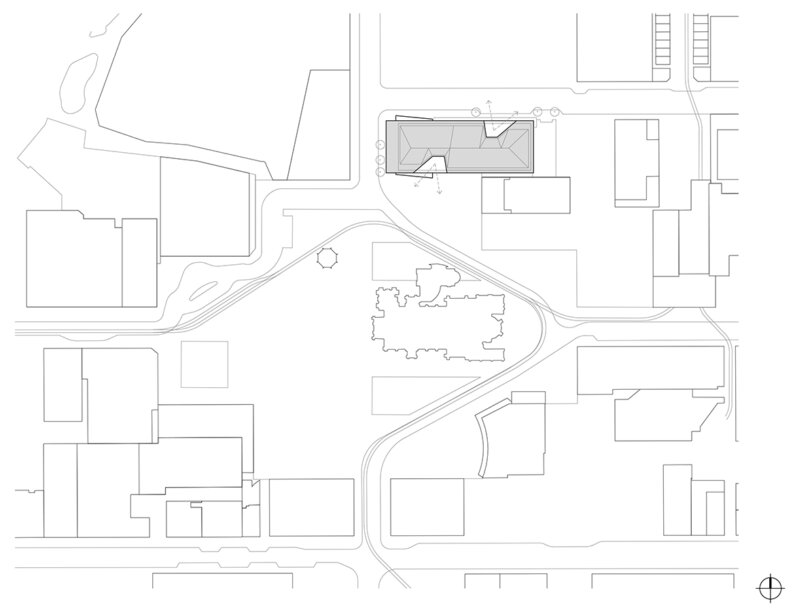
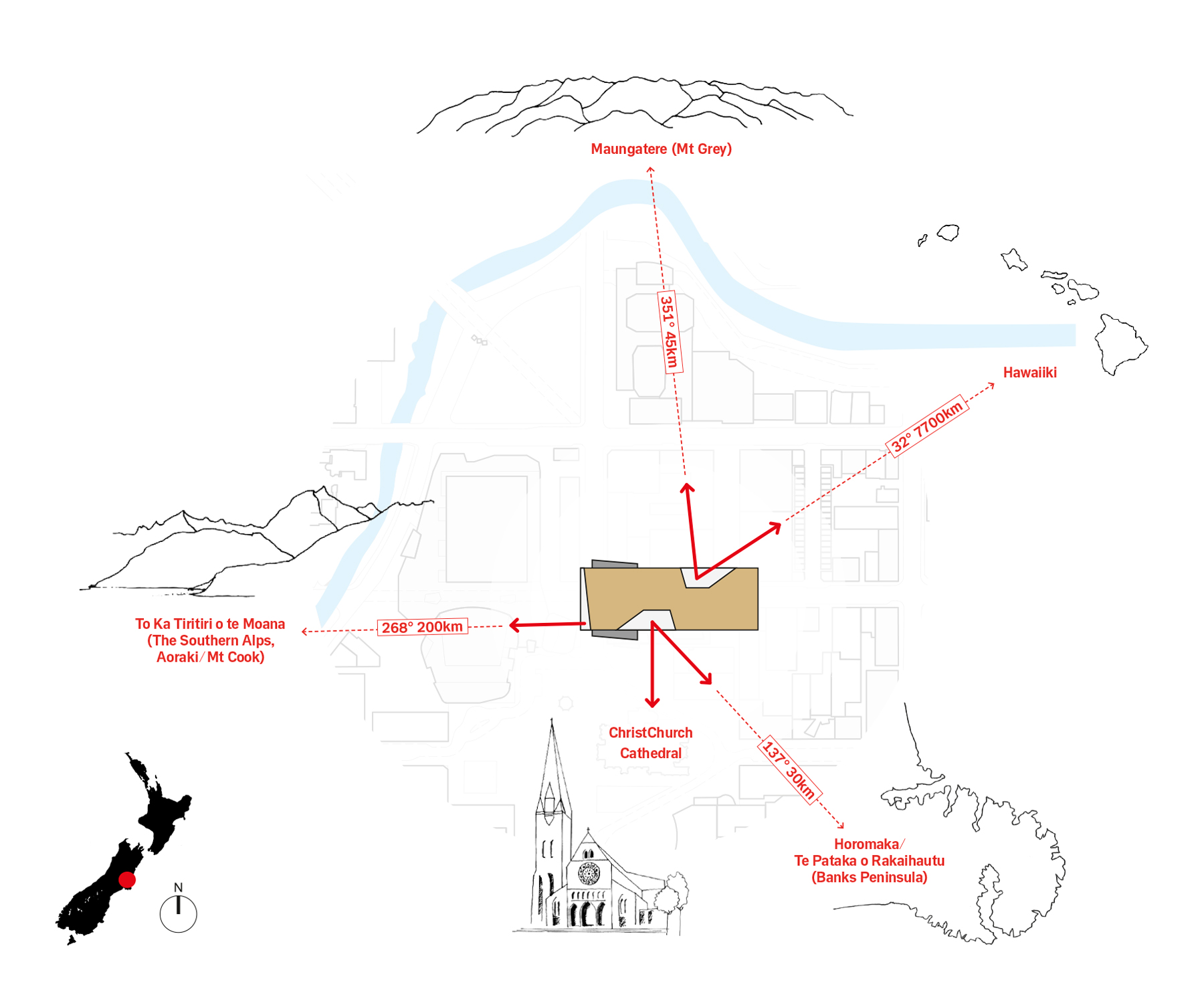
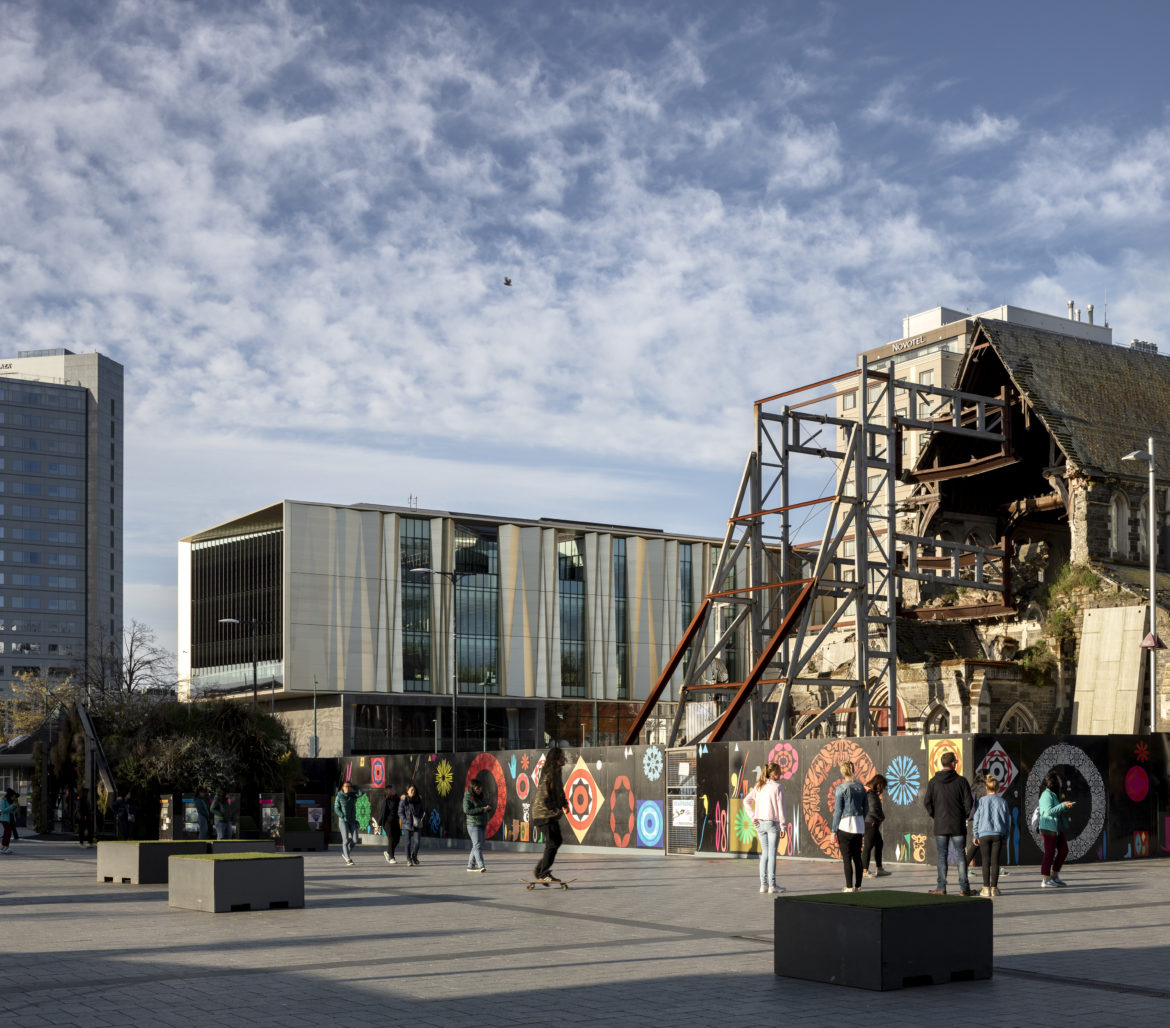
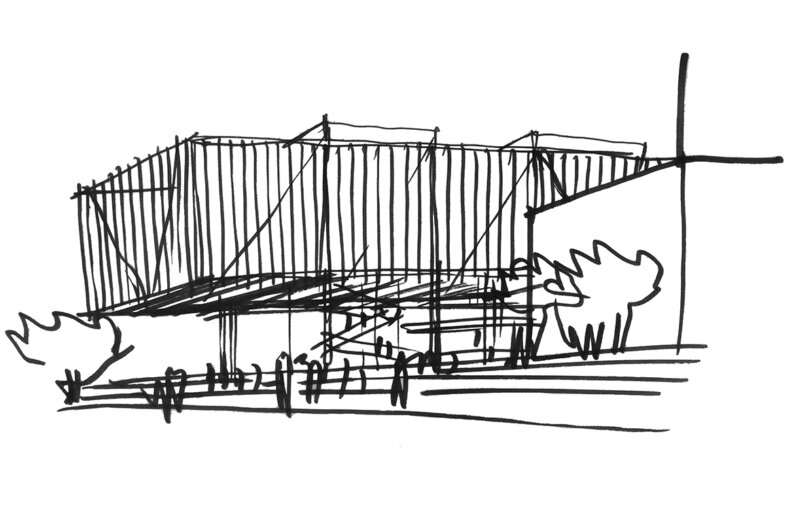
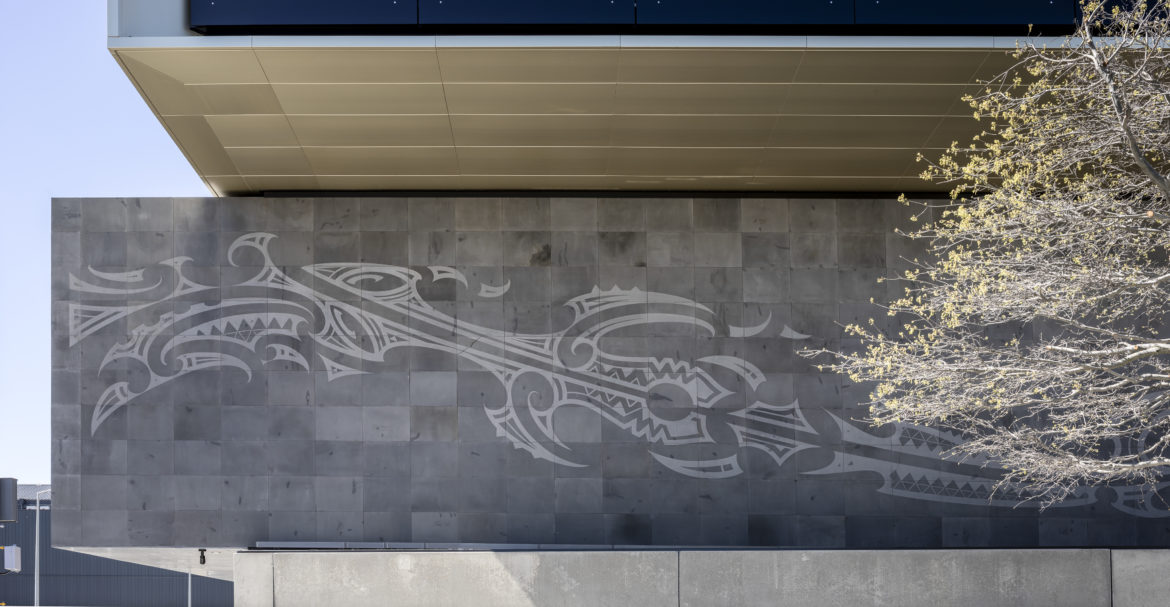
Early in the design process, the architects collaborated with Matapopore Charitable Trust, an organization whose objective is to ensure the values, aspirations and narratives of the local Ngāi Tūāhuriri people are realised throughout the recovery of Christchurch. Their influence on the design of the building is substantial—from building materials to physical orientation, there is a rich tapestry of ancestry, traditional knowledge, and culture woven throughout Tūranga.
